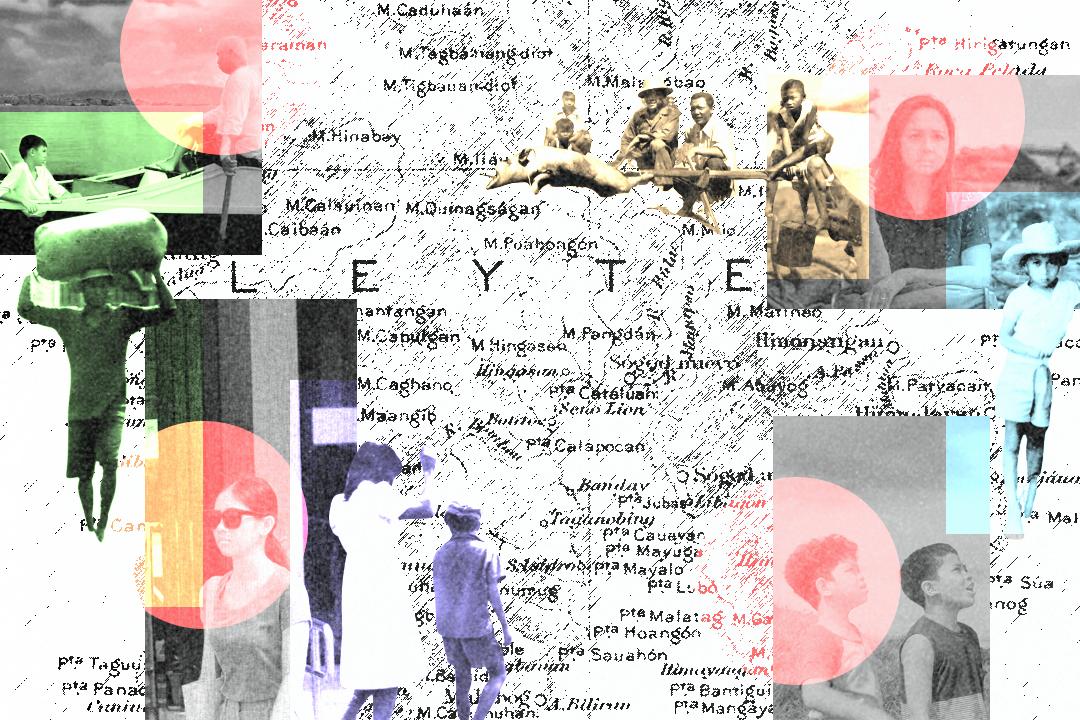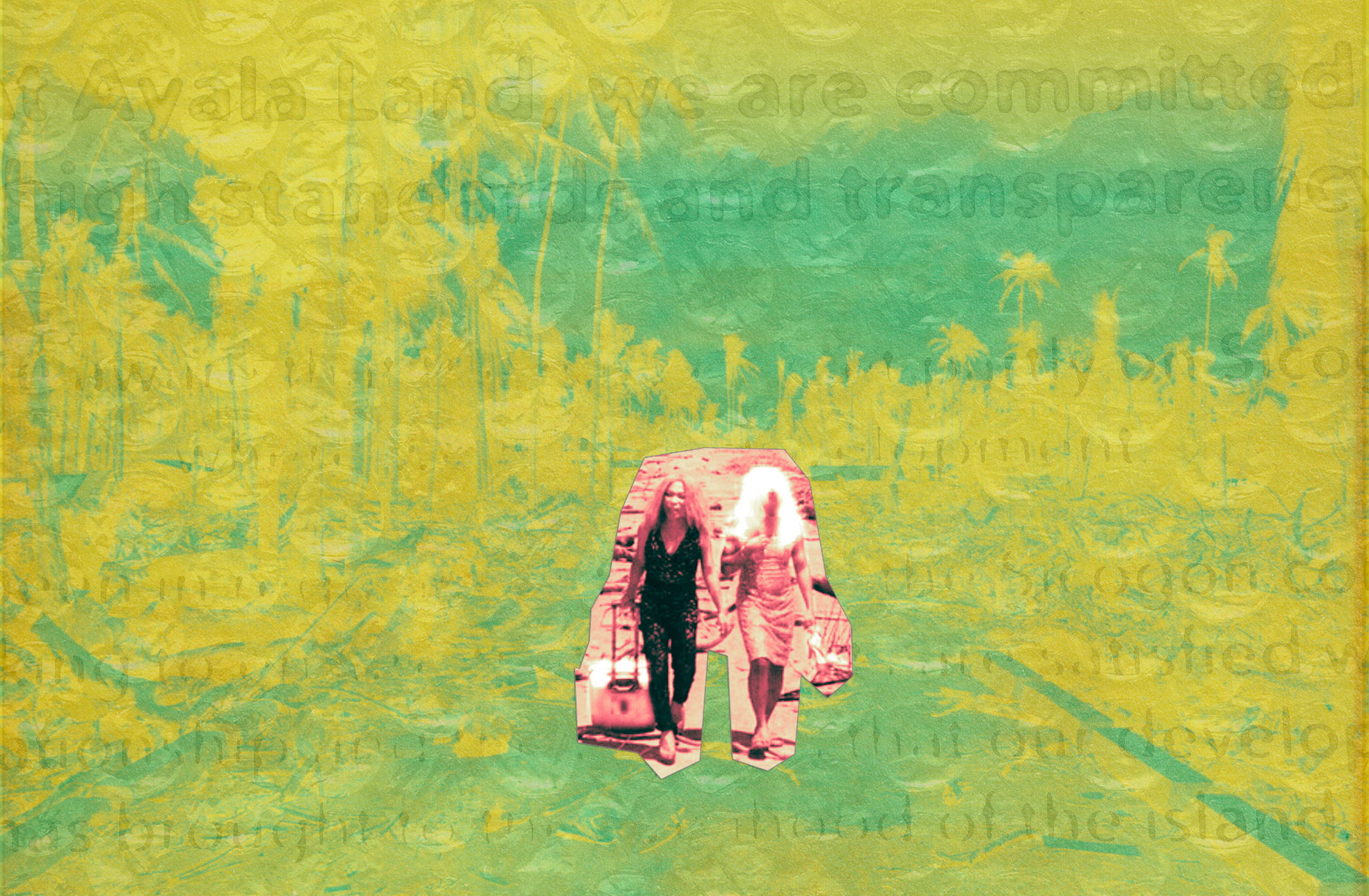Sinalang Film Festival Offers Alternative Modes of Film Spectatorship
Sinalang Film Festival Offers Alternative Modes of Film Spectatorship
Feature art by Abigail Manaluz
Let me begin this article with an ecstatic, perhaps hyperbolic, but nevertheless well-deserved rave: Sinalang is the best Manila-based film festival that I have attended in the past five years. The humble event, spearheaded by a four-person team of Tristan Ortega, Sublime, Eunice Helera, and Jetri Bolintiam, felt like a missing piece in a cinema landscape that is so hellbent on awards, profit, and recognition (not that there is anything wrong with these); in a rare occasion, the spotlight is given to experimental works from filmmakers whose artistic visions defy popular configurations of the “cinematic”—in other words, truly alternative.
Rightfully then, Sinalang started with Infinite Gestures, a two-hour meditative performance art from poet-artist Nerisa Del Carmen Guevarra that takes its audience into an immersive spiritual journey. Albeit short by Guevarra’s standards whose works usually run for a minimum of four hours, Infinite Gestures still managed to be an effectively engaging example of durational art, stubbornly opposing through ritualistic repetitions involving mounds of salt, incense sticks, and a pre-recorded chant audio the notion of art as consumption as prescribed by capitalism. It is an ode to the process of creation itself, depicted as a metaphysical undertaking that requires a deep connection with one’s inner psyche.
Subsequently, the short film programme commenced with festival co-director Tristan Ortega’s Salang By T, in which a strange naked man covered in some sort of amniotic-looking liquid is seen limping in the streets of Manila. It was then followed by Bob Macabenta’s Hindi Pang Bata, an animation about the dreams and memories of a little girl; Darryl Villafuerte’s Glitters, which laments the environmental pollution of oceans from the perspective of a stop-motion animated fish; Furan Guillermo’s I feel like a stranger but I know I left pieces of myself here, shot on Super 8mm, about the director’s experience of growing up in Antipolo; Lih Ocampo’s Never Odd or Even, a black-and-white exploration of a young woman’s existential turmoil; Redsh Alba’s Lungkot, a deeply emotional depiction of pain and melancholy thru images of abstraction and a face; Jesed Moreno’s Algae, a psychedelic symphony of colors and surreal logic shot on Super 8mm; and Caloy Soliongco’s Do Plagues Happen Like Songs in a Revolution, an experimental documentation of the 2022 national elections amid the coronavirus pandemic.
Roxlee’s Juan Gapang screening at Sinalang Film Fest
The finale, and for me the biggest highlight of the festival, was Roxlee’s experimental classic Juan Gapang, an allegory of the downtrodden but diligent Filipino, crawling with seemingly no purpose but whose persistent survival constitutes an act of resistance. Halfway through the film, Roxlee appeared from the back of the audience donning a cape and a mask, making his way through the crowd and bringing Juan to life. With the simultaneity of the film screening and the performance art Gapang, Roxlee transformed the venue into cinema itself, effectively shattering the illusion that separates the diegetic and non-diegetic aspects of film spectatorship.
Thus Sinalang achieves their goal of expanding popular notions of the “cinematic space” on two levels: first, by the very act of mounting the festival, Filipino alternative cinema is provided a space where it is not the “alternative” but is rather the main attraction, and second, the peculiarity of the venue Brooklyn Warehouse, which was adorned with several sheets of cloth serving as multiple screens onto which the films (or in the case of Infinite Gestures, the live feed of the performance) were projected, as well as the lack of traditional seats in lieu of a communal seat platform, allowed for a more intimate film-viewing experience.
But just like the current state of Philippine cinema itself, Sinalang operates not without its own contradictions. For one, despite the lack of institutional partners, the festival remains adherent to petit-bourgeois standards of event organizing, in particular with regard to ticketed entrance and a closed venue. This is most evident with the audience turnout, composed mostly of university students and young professionals who have the capacity and connections to discover the modestly marketed festival. Albeit a success, Sinalang must consider in its future reconfigurations the audience question and for whom they want their version of an alternative film festival to be, or if a festival setting is the most appropriate avenue to achieve their goals. After all, the notion of the alternative lies not only within the aesthetic but in the realm of the economic as well.
Sinalang held its first film festival on February 25, 2024 at Brooklyn Warehouse. Follow their page to keep updated with their upcoming events.
ABOUT THE AUTHOR
Gerald Cajayon is a 25 year-old student, writer, and aspiring critic of Occidental Mindoro origin. Watching Mani Ratnam's "Dil Se.." has exposed him to popular cinema's ability to balance entertainment and radicalism, and has been one of the most definitive moments of his cinematic journey so far. He believes that a healthy culture of film criticism is essential in keeping Philippine cinema alive.




















